Types of Divorce

Divorce ?
What is Divorce ?
Marriage certificate

marriage certificate : all process
Court Marriage: Guide Step-1 to last.

marriage marriage process get solution og marriage www.marriagesolution.in
Dr. Ambedkar Scheme for Social Integration
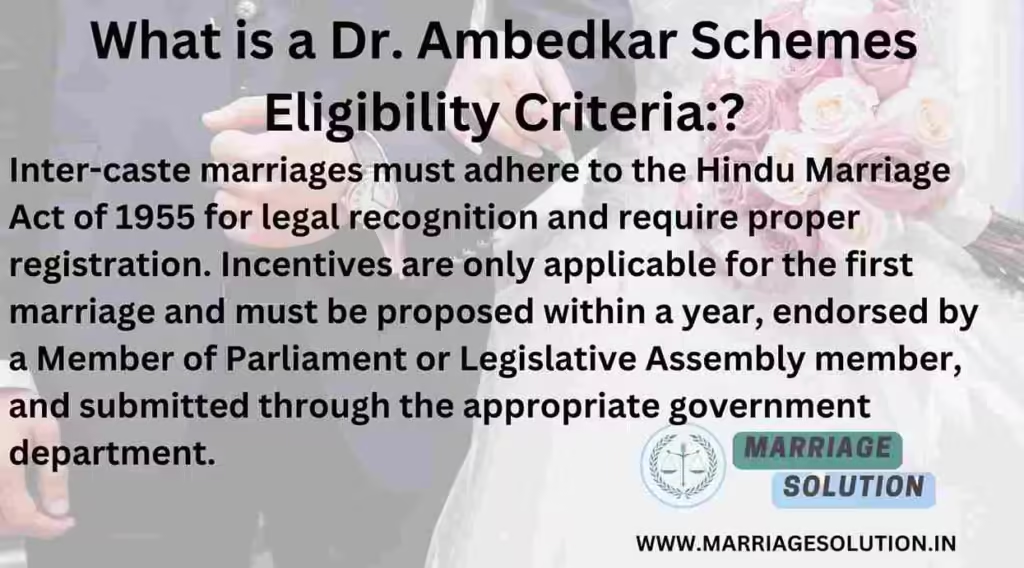
The caste system in India is a hierarchical social structure that assigns different castes varying levels of social status and prestige. Dr. B.R. Ambedkar termed it a system of graded inequality that segregates people into separate communities. Endogamy, the practice of marrying within one’s own caste, reinforces this segregation, hindering the realization of constitutional values like liberty, equality, and fraternity. However, inter-caste marriages have the potential to break down barriers and promote a more inclusive society.
AFSPA Act

AFSPA act mean Armed Forces Special Powers Act (AFSPA) grants special powers to the Indian Armed Forces in areas classified as “disturbed” due to significant insurgency or internal disturbances.
Right to Information RTI act :Your Comprehensive Guide (Part 1)
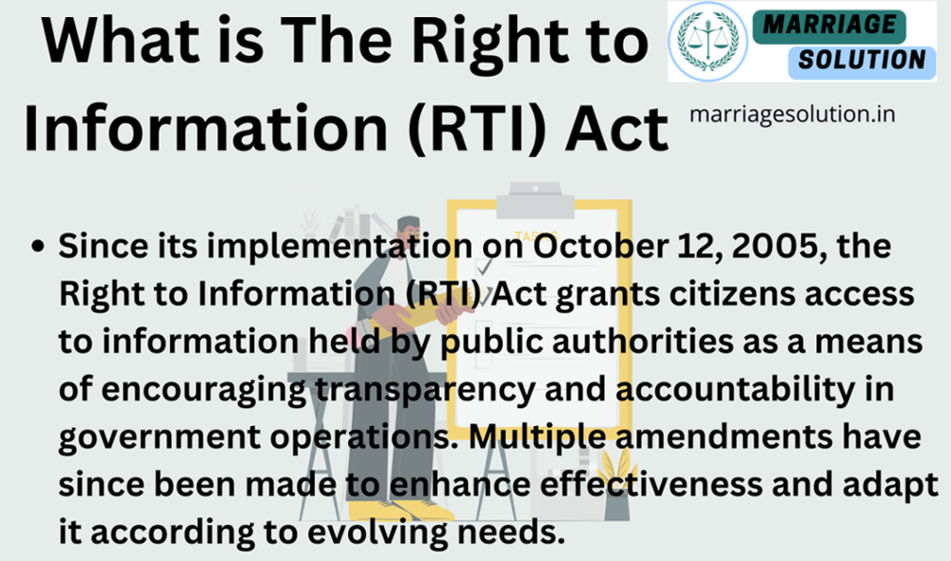
The Right to Information (RTI) Act : Explore the essence of the Right to Information (RTI) Act through this symbolic image. The image features legal documents, emphasizing the importance of transparency and accountability in governance. The scales of justice represent the balance achieved through the citizens’ right to access information.
What is Article 371 of Indian Constitution ?
Article 371 of the Indian Constitution grants special provisions to specific states and regions within India, addressing their unique historical, social, and cultural circumstances. These provisions aim to accommodate diverse needs and protect cultural identities within the constitutional framework.
Indian Labour law : Your Comprehensive Guide (Part 1)
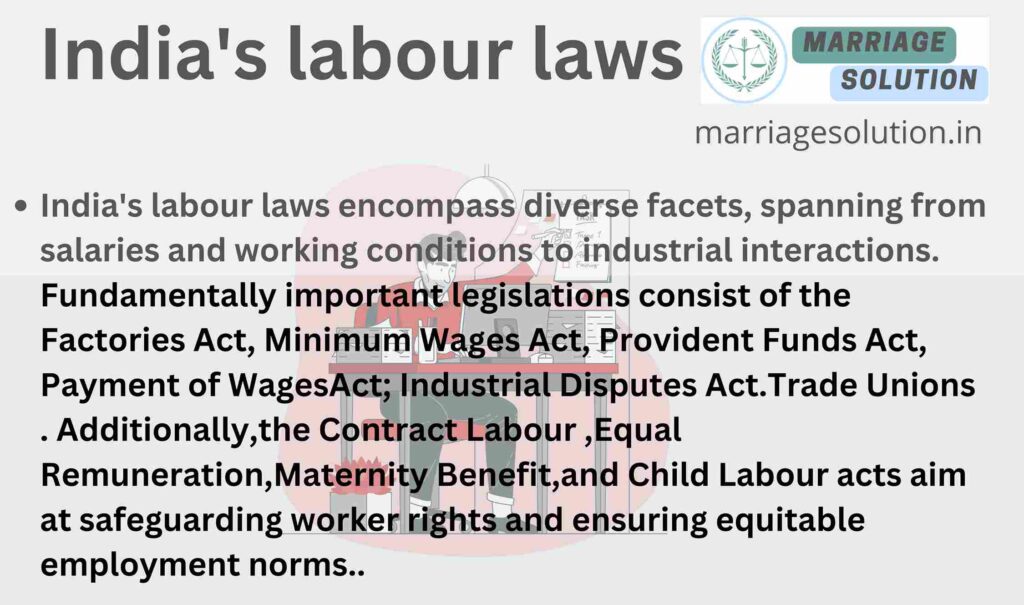
The purpose of labour laws is to safeguard employees and guarantee equitable treatment at the workplace, encompassing aspects such as remuneration, security, and perks. These regulations establish a secure ambiance by imposing minimum wage requirements, ensuring factory safety measures are implemented effectively while granting rights like maternal leave entitlements. Abiding by these principles promulgates an impartial work culture encapsulating upright conduct; thereby cultivating conducive surroundings for progressive development.
GST :Your Comprehensive Guide (Part 1 – Understanding the Basics)
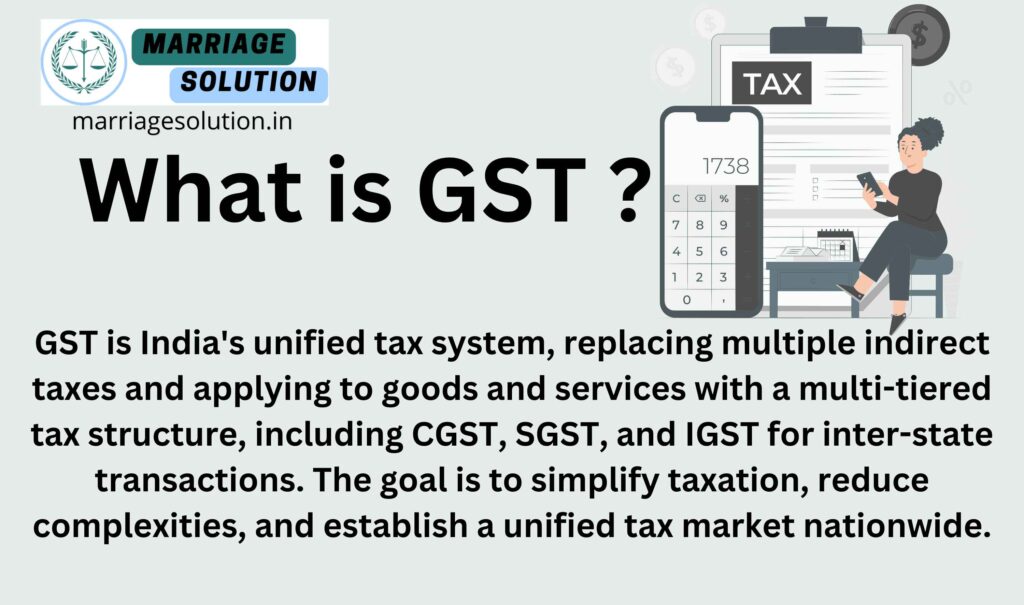
The Goods and Services Tax (GST) is like a big change in how we pay taxes in India. It started on July 1, 2017, and it’s here to simplify things. Before GST, we had many different taxes, and it could get confusing. Now, with GST, it’s like combining all those taxes into one. The idea is to make taxes more straightforward, clear, and fair for everyone. It applies to almost everything we buy or sell, and it’s helping India’s businesses and economy work better together. So, GST is not just a tax change; it’s a step towards making things simpler and better for all of us.
Courthouse marriage : A Guide to Court Marriage (With Steps 1-to-last)
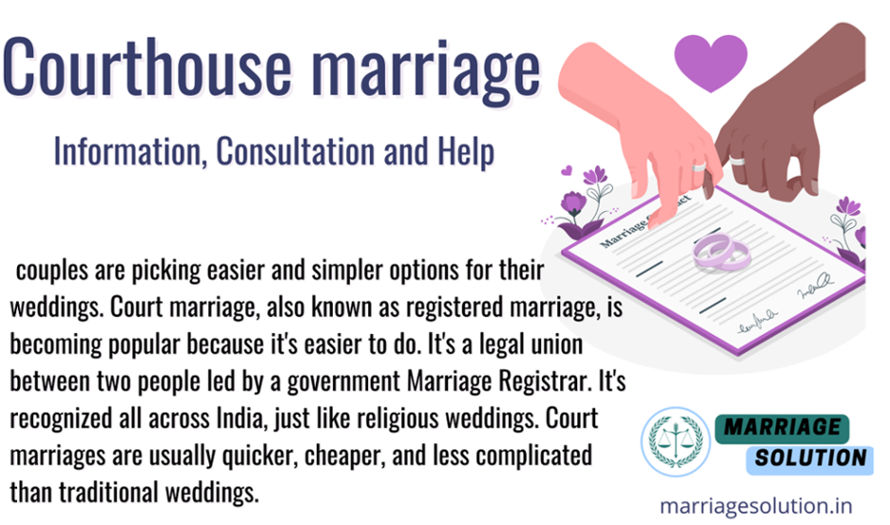
couples are picking easier and simpler options for their weddings. Court marriage, also known as registered marriage, is becoming popular because it’s easier to do. It’s a legal union between two people led by a government Marriage Registrar. It’s recognized all across India, just like religious weddings. Court marriages are usually quicker, cheaper, and less complicated than traditional weddings.
CAA :Citizenship Amendment Act (CAA) of 2019

The Citizenship Amendment Act (CAA) 2019 is a law in India. It gives quick citizenship to people from certain religions – Hindus, Sikhs, Buddhists, Jains, Parsis, and Christians – from Afghanistan, Bangladesh, and Pakistan. But it doesn’t apply to Muslims. The law is meant to help those facing religious persecution in these countries.
